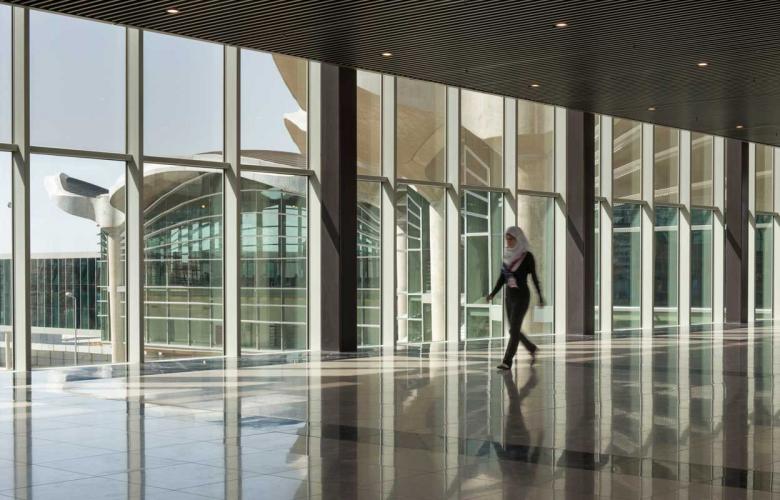Queen Alia International Airport Jordan designed by Foster + Partners
Queen Alia International Airport Jordan designed by Foster + Partners
After opening their new international airport, Amman hope to increase their passenger capacity from 3.5 million to 12 million people annually, by 2030.
Foster + Partners have assisted in the design of the new international airport with future expansion in mind.
The airport is hoped to secure Amman as the hub for the Levant region, and its modular design is set to increase their passenger growth by six per cent annually.
Foster + Partners have taken considerable care when determining the materials used in the development.
Due to the vast changes in temperatures in Jordan from day to night, the architects have used concrete to assist in temperature control.
The patterned canopies across the roof represent desert palms, and allow for natural sunlight to fill the internal spaces of the airport.
The tessellating pattern of these domes also echo traditional Islamic forms.
The open air courtyards within, and surrounding, the terminal are filled with native plants to decrease pollution and to reduce the environmental impact of the development.
Amman is one of the oldest and most well known destinations in the world.
The airports' design reverberates this ancient mecca for travel, trading and culture through embodying in its structure ancient architecture, the native environment and styles of the Bedouin tent.
See also:
'A House For a Son' by Maisam Architects & Engineers
King Abdullah II House of Culture and Arts by Zaha Hadid Architects







